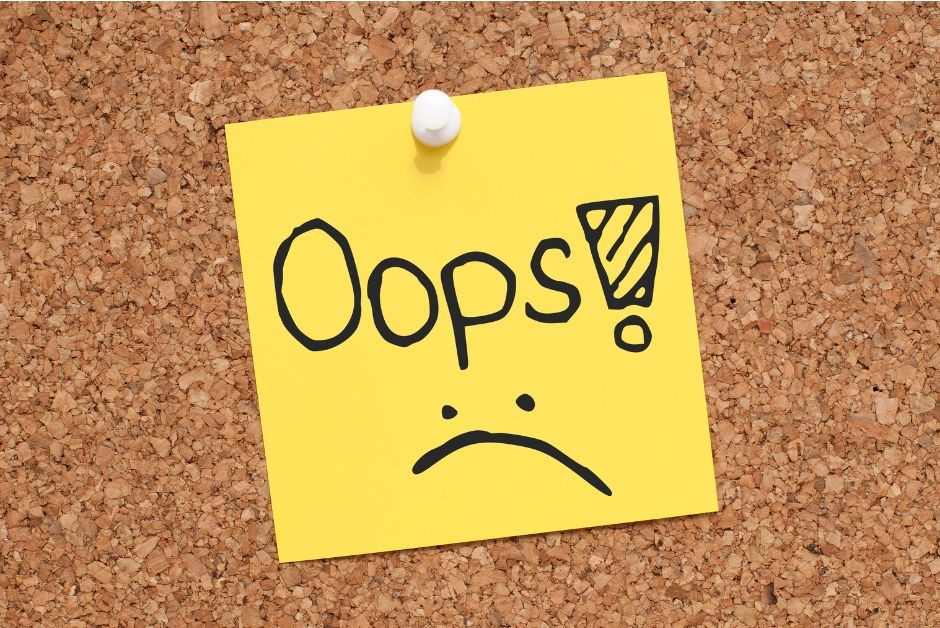My last article on common punctuation errors was so popular (click here if you missed it) that I decided to write another! As I’ve seen in my editing work, there’s a lot of confusion out there regarding proper punctuation. Where do you put the apostrophe? Should I use a comma? And so forth.
Of course, if you need some professional help making your writing flow smoothly and correctly, give me a call. I’m not just a writer, I’m also an editor…and I’m here for you!
Using apostrophes to indicate possession – Use an apostrophe when a word is possessive. When the word ends in an s (such as a plural), put the apostrophe after the s.
- This is the Scout’s campsite. [One Scout has this campsite.]
- This is the Scouts’ campsite. [More than one Scout has this campsite.]
- This is Russ’ campsite. [Russ has this campsite, and his name ends in the letter s.]
Using apostrophes to make contractions – When making a contraction, use an apostrophe to replace the letters that are being removed.
- Wrong: Using “would’nt” for “would not,” as no letters were removed between the d and the n.
- Right: Using “wouldn’t” for “would not,” as the letter removed was between the n and the t.
Using commas after introductions – Introductory clauses, phrases and words provide background information or “set the stage” for the main part of the sentence. In most cases a comma should be placed after these types of introductions.
- If she wants to get good grades, Becky must study every day.
- A popular athlete, Tom was the top choice for Prom King.
- Because he was ill, Brian stayed home.
- Meanwhile, the basement filled with water.
Avoiding comma splices – When two independent clauses (i.e., two sets of words that can each stand on their own as a separate sentence) are separated only by a comma, it’s called a comma splice. Comma splices are always incorrect.
Independent clauses should either be made into separate sentences, joined by a semicolon or joined by a comma plus an appropriate conjunction.
- Wrong: It was a five-hour drive to Grandma’s house, Jenna got very bored.
- Right: It was a five-hour drive to Grandma’s house. Jenna got very bored.
- Right: It was a five-hour drive to Grandma’s house; Jenna got very bored.
- Right: It was a five-hour drive to Grandma’s house, and Jenna got very bored.


